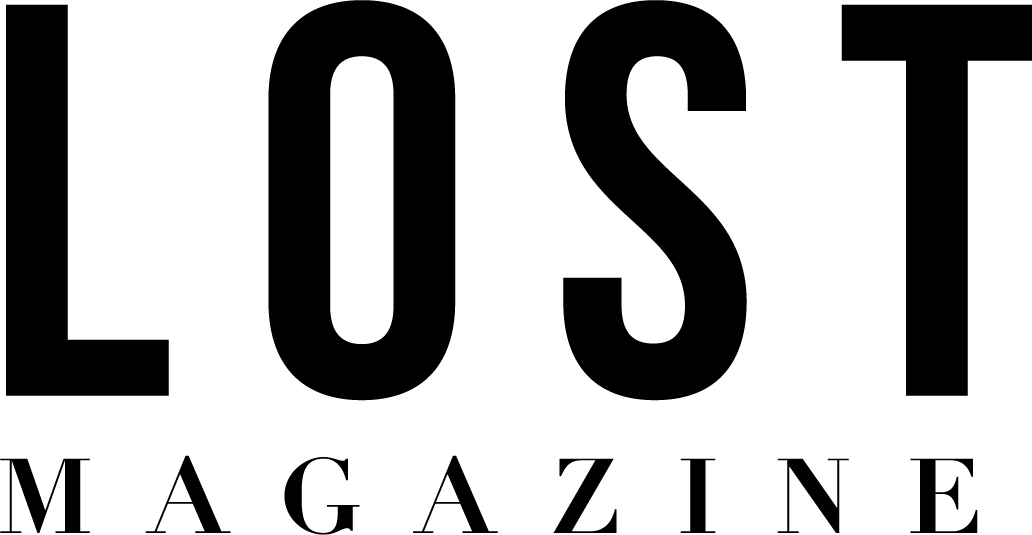Larger Than Life
CRESWICK OF THE LINDSAYS
WRITTEN BY RICHARD CORNISH
The Gardener
Percy Lindsay, 1895
Collection of Creswick Museum
The historic town of Creswick is known for its cafe culture, good food, country pubs and long walks in the bush. This former gold rush town, 30 kilometres west of Daylesford, is also the place of pilgrimage for those exploring the countryside that shaped the lives of one of Australia’s most prodigious and talented families - The Lindsays.
Ten Lindsay children were born in Creswick in the late 1800s the most famous being Norman, author, painter, WWI propagandist and makers of numerous prints of lascivious nymphs and sirens. Norman’s siblings were equally talented, most travelling the world and making a name for themselves in art, medicine and even millinery. A small but substantial collection of Lindsay family works can be found in one of Victoria’s much loved but least known cultural centres, The Creswick Museum.
Housed in the former 1876 Creswick Town Hall offices, this council owned museum not only owns important works by the Lindsays but has an extensive collection of naive art of local scenes spanning over a century.
The most familiar Lindsay inspired work sits at the front desk, an angry looking pudding wearing a permanent frown on his brown leather face. This is Albert, the magic self-perpetuating pudding of infinite flavours who was the central character of The Magic Pudding first published 99 years ago.
In the Lindsay Room at the rear of the museum is a more adult work Night Frolic a lewd riverside scene of nocturnal lust, the type of work that made Norman Lindsay both revered and reviled. Nearby hangs a masterful and magical ink drawing of a boy exiting a grandfather clock by Ruby Lindsay.
She was the seventh child and drew illustrations for Steele Rudd’s book Back at Our Selection, later marrying artist and satirist Will Dyson. She moved with Dyson to the UK to become the most famous Australians in London.
Creswick at the end of the 19th century was magical playground for the Lindsays who played truant in the bush around town later drinking in its many pubs.
Carrera del Garro, Granada
Lionel Lindsay 1937
Copyright held by National Library of Australia Collection of Creswick Museum
Construction Sydney Harbor
Percy Lindsay
Collection of Creswick Museum
The oldest child, Percy, learned landscape painting under Walter Withers and a delightful oil of a rough hewn shingle roofed bush cottage hangs in the gallery.
The next son, Lionel, became an etcher and travelled extensively in Spain creating works from Granada to Burgos to Malaga. The works of Daryl Lindsay show a truly broad creative force. He went to the Western Frontduring WW1 capturing the senseless destruction of towns such as Ypres and Villers Bretonneux. In England Daryl married St Kilda born woman Joan à Beckett Weigall. She later wrote the mythic reality bush mystery Picnic at Hanging Rock. In London Daryl used his artistic skills to work with the first plastic surgeons rebuilding the faces of broken soldiers. He later became Director of National Gallery of Victoria.
His wonderful drawing of ballet dancers in the CreswickMuseum shows his skill in understanding the human form. The Lindsay collection is just one very small part of this truly outstanding museum. Look out for the naïve works of local resident Victor Litherland. While his flat paintings lack a sense of perspective, they portray a sense of the town’s vitality as a social hub. In the Colonial Art Room hangs part of the collection of works by early colonial artists Moyle, Tibbits & Burkitt. Their depiction of the first years of settlement shows white cottages with white picket fences surrounded by newly cleared farmland and virgin bush on the horizon. When you visit also look out for displays of aboriginal Bogan picks, a Chinese rice mill from the gold rush and rooms filled with historical artefacts from the region.
Creswick Museum, 72 Albert St, Creswick
11am-3.30pm Weekends and Public Holidays
www.creswickmuseum.org



